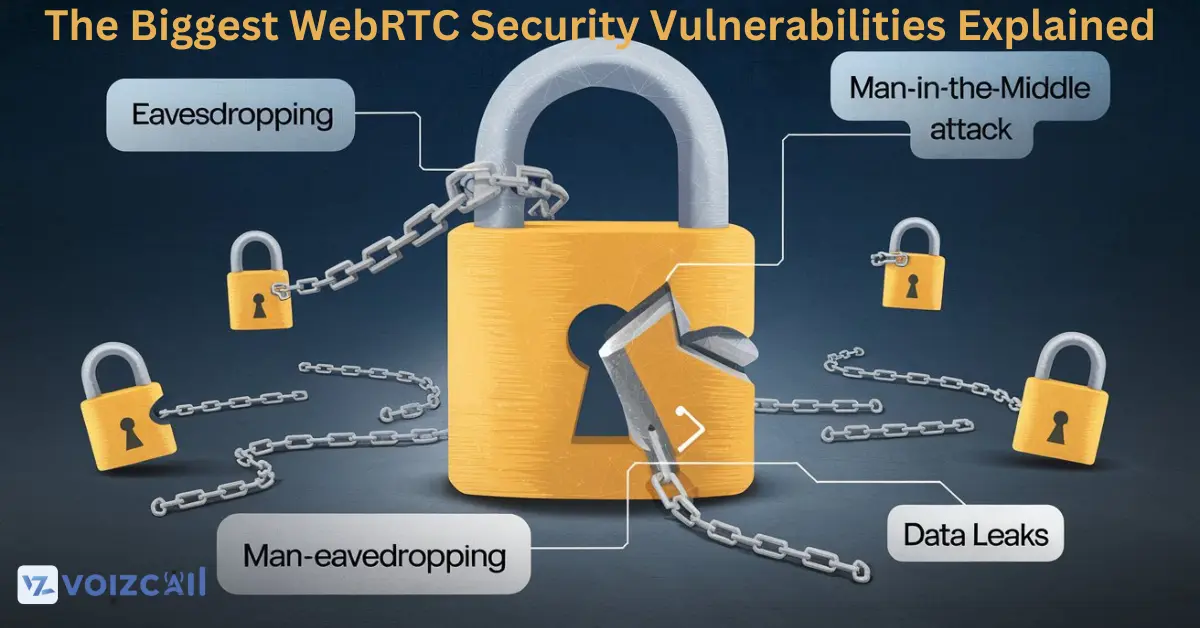


19/Sep/2024
Web Real Time Communication or WebRTC is simply amazing! It enables real time voice and video conversations via browser without the need for additional software. How cool is that? However, as is usually the case with equal opportunity and everything that seems to be good for us, it has its drawbacks or let’s call it the flip side. Knowing what security issues WebRTC has is very crucial to ensuring that your information is secure and your calls or chats are not being intercepted.
Below, we present for you the most severe threats to WebRTC security threats and how not to stumble into them!
1. Eavesdropping (Yikes!)
Still, one of the most frightening bug features in WebRTC is definitely what can be described as eavesdropping. How would you feel when you are having a conversation with your friends and the hackers are listenening—No! The WebRTC utilizes p2p connections, and if these are not encrypted, hackers can eavesdrop to your calls without your knowledge.
How to Avoid: Choose the transmission security protocol that guarantees the use of secure connection (HTTPS) and proper encryption (DTLS and SRTP).
2. IP Address Leakage
It also important to note that, Web RTC exposes your IP address to other parties involved in the call. Normally, this is fine.
How to Avoid: You should use VPNs or proxies to hide your IP address and modify browsers settings to disable WebRTC IP leaks.
3. What You Should Know About the Denial of Service (DoS) Attacks
In a WebRTC DoS attack, a hacker floods your server with traffic to such an extent that your server is unable to handle it, and hence one cannot make a call or even use the server.
How to Avoid: Starting using rate limiting technologies that cause limitations on the amount of traffic acceptable and constantly check your system for suspicious traffic activities.
4. Man-in-the-Middle (MitM) Attacks
A MitM attack is where an attacker secretly listens and forces himself in between two users that are communicating. It is very important for WebRTC to be secured and if not, a third party has the ability to rewrite your msg or steal the msg. Scary, right?
How to Avoid: Euro protested that this should always involve the use of strong encryption such as TLS and SRTP and other things such as certificates should always be valid.
5. Insecure Signaling
Signaling is the procedure of initiating WebRTC connection.
How to Avoid: Make sure that your signaling server utilizes just HTTPS and the other safe means of output.
Stay Safe, Stay Secure!
Call / Email for Sales Inquiry Today
Key Takeaways:
Encryption should be implemented in the version control protocol just like data transfer layer security and encryption DTLS and SRTP respectively.
Needles to say, to keep your IP address hidden, users need to connect to a VPN.
A nice method to control is by using rate limiting in preventing DoS attacks.
Secure your signaling process.
With these strategies, you should be well in your way to having a safe WebRTC devoid of the inconveniences of a hacker.